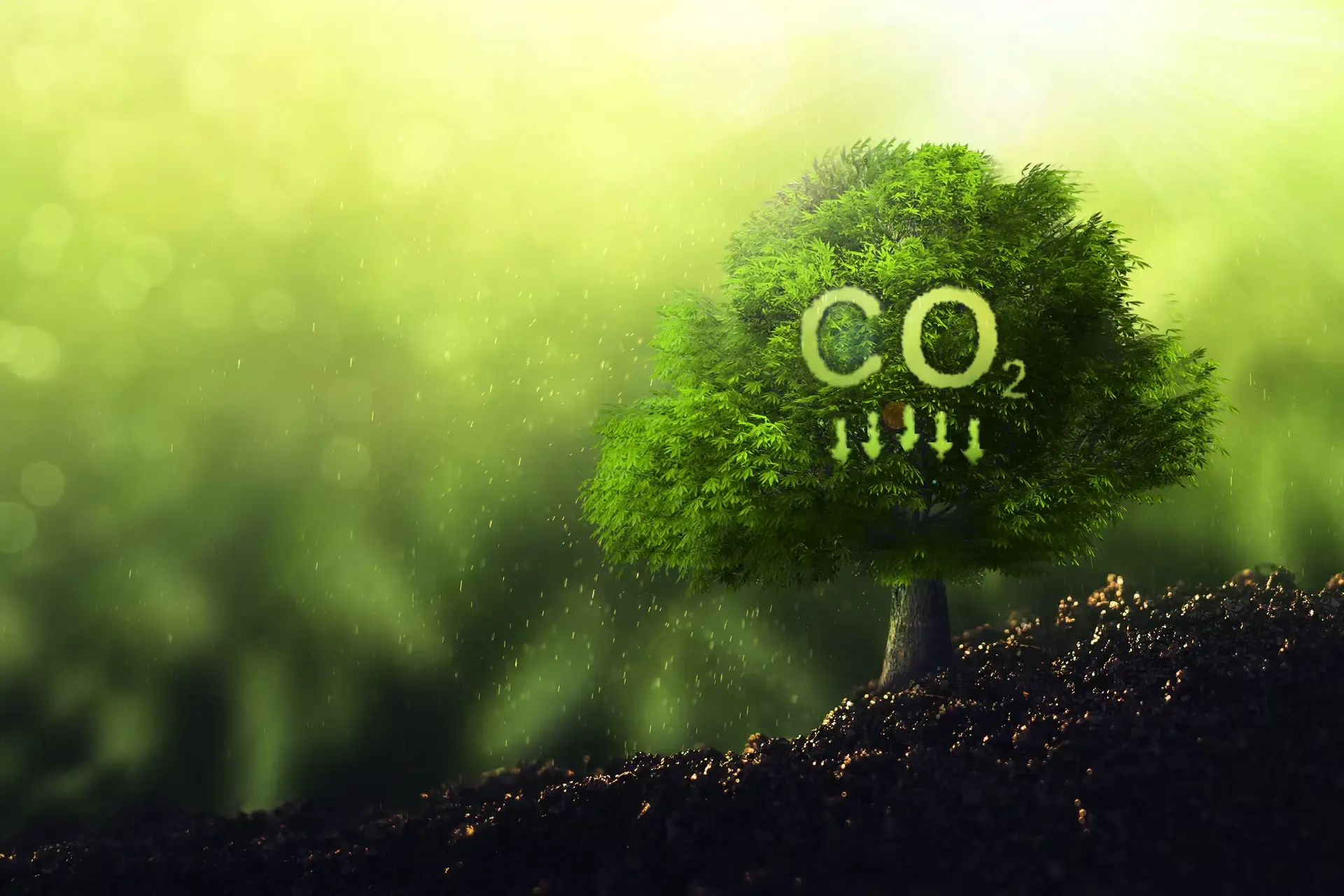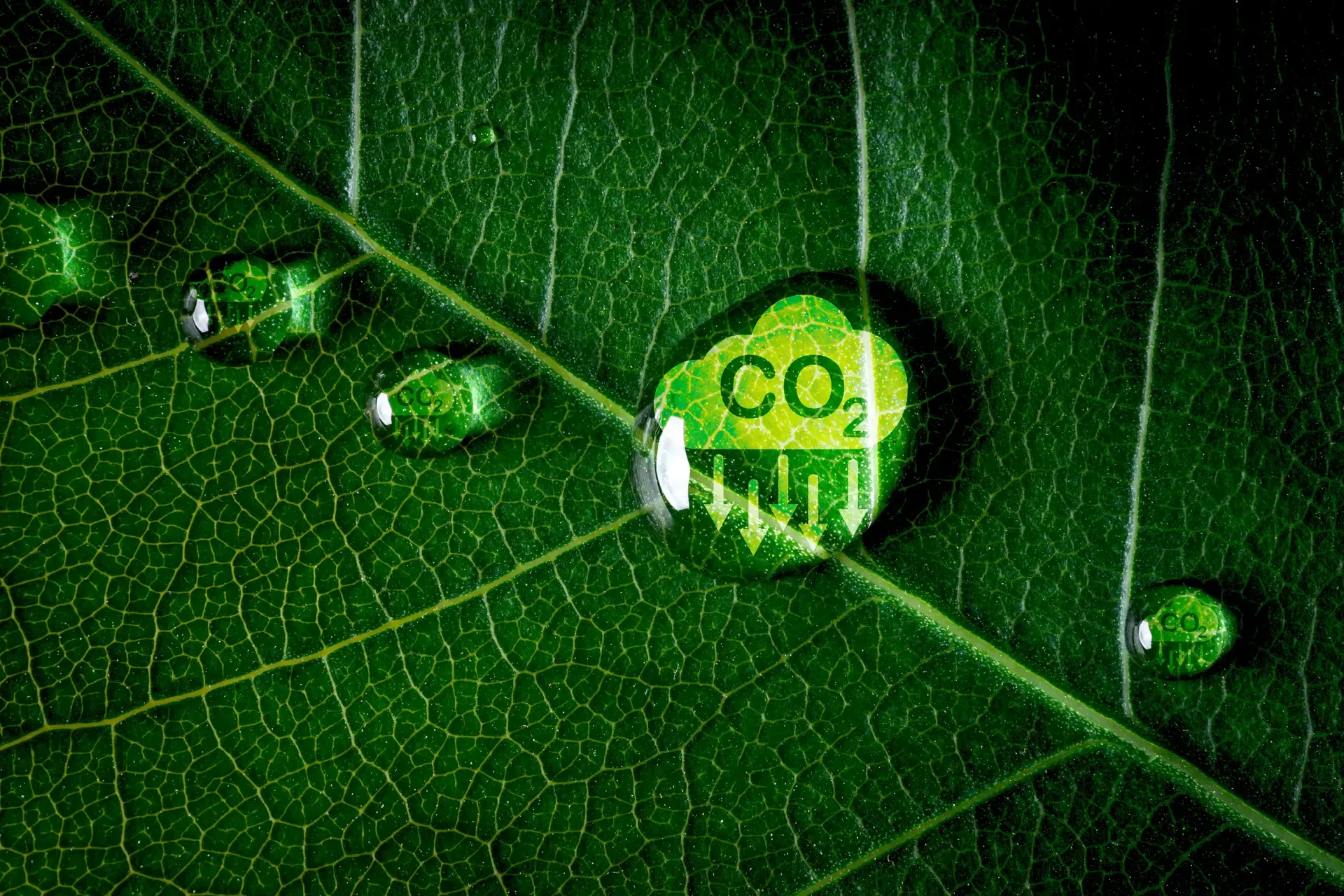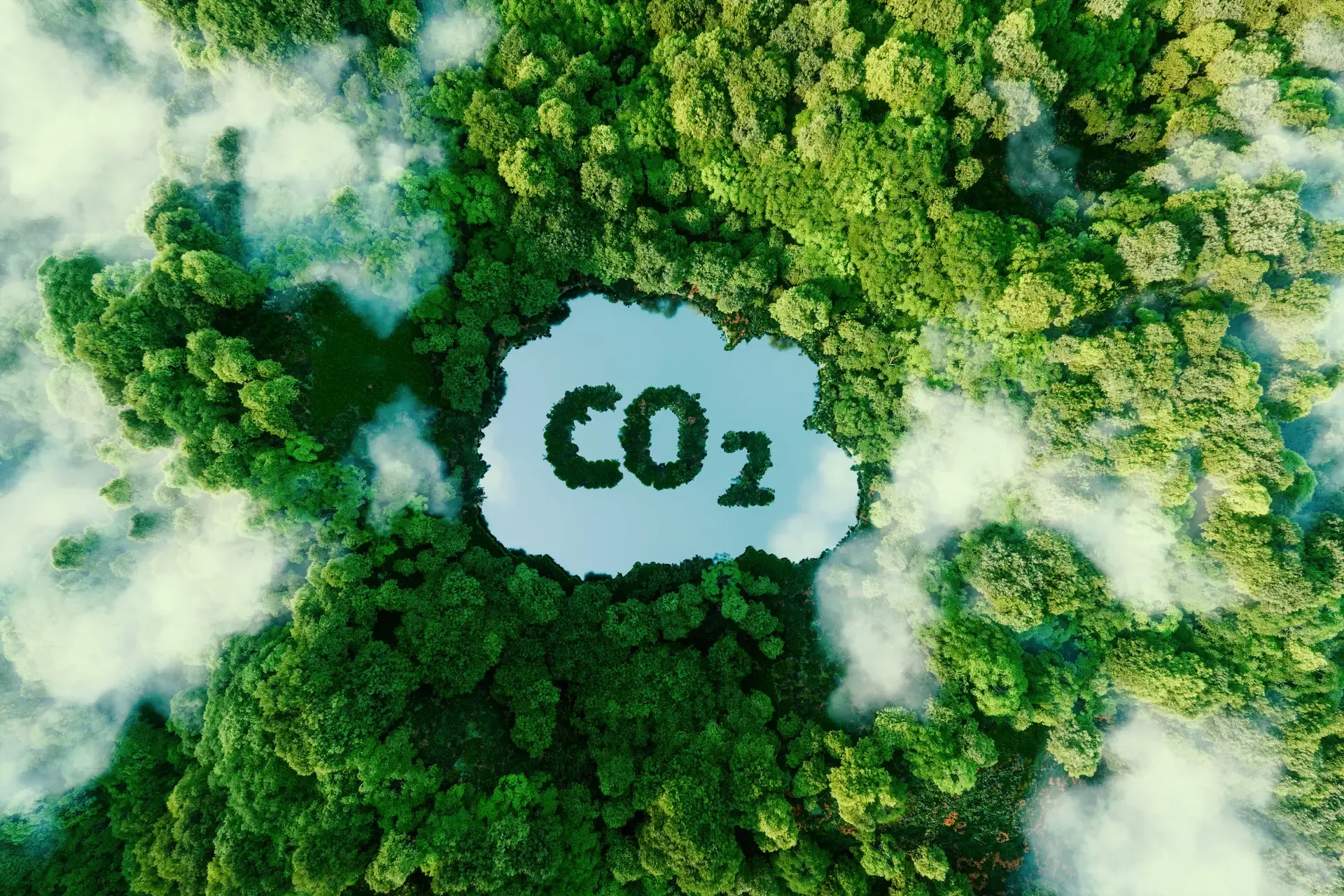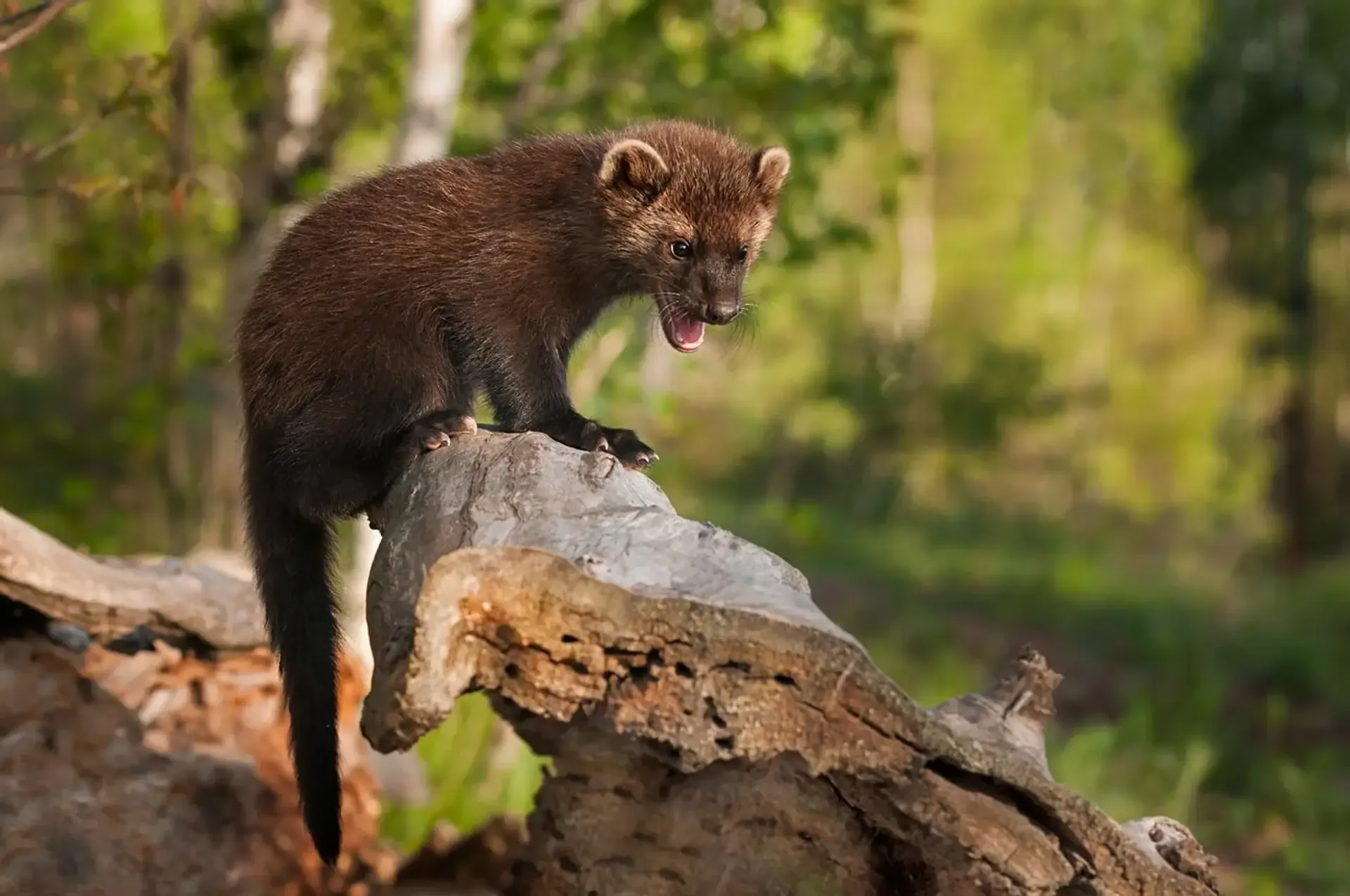Your Carbon Cheat Sheet: Forestry & Carbon

Whether you’re a landowner, forester, or corporation, understanding carbon terms is a key step in taking part in climate action. The American Forest Foundation team has pulled together a Forest Carbon Cheat Sheet to help you better navigate the carbon market and understand the terms floating around. You can read Part 1 and Part 2 of this series to gain an overview of the market and the specific interventions and actions used to create a carbon benefit. Part 3 of this series will cover the terms used when measuring the carbon sequestered by a forest carbon project:
Forest Carbon Project Fundamentals:
Family Forest Owners -
39% of forests in the United States are owned privately by families or individuals. Family forest owners play a vital role in unlocking the many conservation benefits our forests provide. AFF harnesses the power of family forests to fight climate change through the Family Forest Carbon Program.
Forest Type -
The forest type of a woodland parcel can be determined by tree composition (what trees are present in the area and at what density), elevation and slope of the land (geography), and the climate where the forest is found. The FFCP’s Improved Forest Management practices work specifically with hardwood forests and the Afforestation, Reforestation, and Revegetation practices, Field to Forest, works with loblolly pine forests.
Forest Co-Benefits -
Natural climate solutions and improved forest management projects produce carbon credits by increasing the rate at which forests grow and sequester carbon. But healthy, native forests also produce a host of other co-benefits. Forest co-benefits are the extra benefits that a forest owner can experience when enrolling in a carbon project. In many cases, landowners can expect to experience co-benefits such as improved air quality, water quality and wildlife habitat.
Determining the Carbon Benefit:
Additionality -
Carbon projects can only sell carbon credits generated from the additional carbon sequestered because of the project’s impact. Additionality is the measurement of carbon sequestered by a project in comparison to business-as-usual; carbon programs are after additional carbon—the carbon that would not have been there without the program’s intervention.
Baseline -
Every forest carbon project uses a distinct methodology, or a process for measuring and calculating the carbon sequestered specifically because of the interventions used. Baselines are defined as the alternate scenario, demonstrating what an area’s carbon sequestration looks like if it was not enrolled in a project. Baselines are used as a starting point to calculate how much additional carbon is created.
Dynamic Baseline -
For many nature-based carbon projects, the baseline used is a projected model of what growth should be within a forest if the project was not implemented. In these projected-model baselines, additionality is calculated by comparing that hypothetical value to the measured growth and comparing how much extra carbon is sequestered. A dynamic baseline is more accurate because it uses actual measurements of surrounding, unenrolled forests of a similar forest type to determine the rate at which the enrolled forest would have grown without the project. This dynamic baseline more accurately measures the health of a forest, and is responsive to natural disasters, extreme weather, and other events which can affect local carbon sequestration.
Matched Control Group -
In forest carbon projects, a matched control group is the group of unenrolled forests with characteristics similar to the enrolled forests, carefully selected by project developers to serve as the comparison forest when creating a dynamic baseline. Matched control groups are important to achieve a high-quality dynamic baseline which gives an accurate representation of how the enrolled forest would have grown, and at what rate.
Permanence -
Permanence is the concept of measuring the duration in which the additional carbon sequestered as a result of a carbon project remains sequestered and not released back into the atmosphere. Currently, the industry standard in permanence is defined as ‘the longevity of the carbon benefit of at least 100 years.’ That means that the additional carbon dioxide equivalent (CO2e) avoided or removed from the atmosphere due to a landowner’s improved forest management practices should last or be permanently captured from the time it was absorbed, say 2021, through the year 2121.
Leakage -
Leakage quantifies the amount of positive carbon impact from a project which does not occur because deforestation occurs at a higher rate elsewhere. If one forest stops harvesting, the demand from the local mill doesn’t go away. Rather, they harvest trees from somewhere else, and so part of the climate benefit “leaks” back into the atmosphere because of the decrease in supply from the enrolled land.
Long-term Monitoring -
Long-term monitoring is the commitment of a carbon project developer to monitor the enrolled forests even after the contract with a landowner expires. To determine the true permanence, leakage and climate impact, developers will continue to monitor forest plots after they have generated carbon credits to ensure those credits sold are making a significantly long-term impact.
Bringing it All Together:
The Family Forest Carbon Program assists Family Forest Owners to implement carbon-friendly management techniques within specific Forest Types. As native forests grow older and healthier, the surrounding area will experience the Forests’ Co-Benefits. Our program is committed to generating high-quality carbon credits from enrolled land, so we conduct Long-Term Monitoring to measure Permanence, Leakage, and Additionality. Using our innovative Dynamic Baseline, alongside a Matched Control Group, we can guarantee that your forests will make a positive impact on our climate.
Learn more about how AFF’s Family Forest Carbon Program is expanding access to the voluntary carbon market and activating family forests in the fight against climate change.
Related Articles

December 1, 2023
Your Carbon Cheat Sheet: Measuring Carbon
To fully understand the impact of carbon projects, it’s important to understand all the practices which support the generation of high-quality credits within the market.

August 8, 2023
Your Carbon Cheat Sheet: The Fundamentals
Forestry, Climate Change, Natural Climate Solutions, and the Voluntary Carbon Market is an evolving world with new best practices, scientific findings, and innovations.

November 7, 2023
Managing Your Woods for Wildlife
With autumn colors spurring on winter migrations and the final excitement for animals getting ready for winter, it gives us a chance to think about wildlife in our lives.